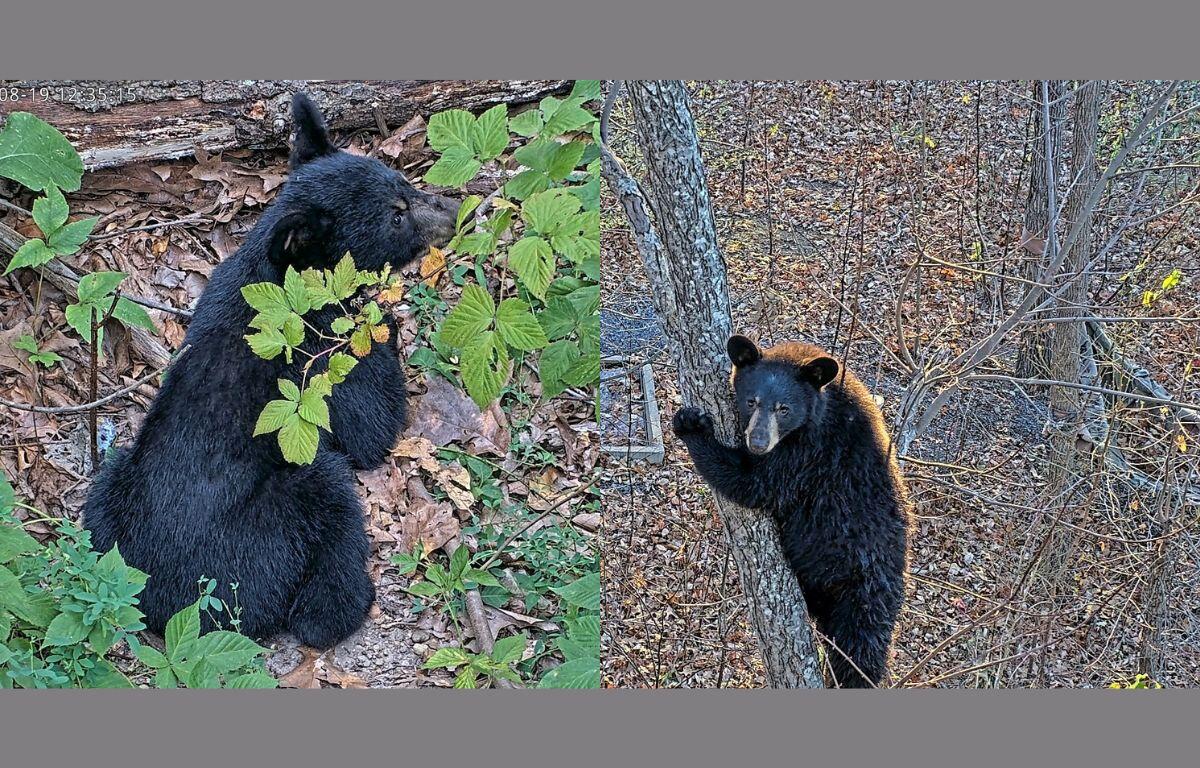WAYNESBORO, VA (Rocktown Now) — Each spring, the Wildlife Center of Virginia admits a new group of Black Bear cubs that require temporary care before they can return to the wild. This year, the Center has been caring for two cubs: Black Bear cub #25-1199 (“No Tags”) and Black Bear cub #25-2408 (“Double Lavender”). Both have shown steady progress since their arrival in late spring.
No Tags was admitted in May as a small, energetic cub and quickly adjusted to life in the Center’s Large Mammal Isolation enclosure. Throughout the early weeks of her rehabilitation, she gained weight, explored her space, and engaged enthusiastically with daily enrichment items. In late June, the Center admitted Double Lavender, a slightly younger cub recovering from minor injuries. After several days of acclimating in adjacent enclosures, the two were introduced and quickly formed a strong bond—playing, climbing, and resting together.
By mid-August, both cubs were large enough to move to the Center’s Bear Complex, a two-acre forested habitat designed to encourage natural behaviors with minimal human contact. Pre-move exams showed No Tags weighing 20.0 kg (44 lbs) and Double Lavender at 16.0 kg (35 lbs), with no health concerns. Since moving to the complex, the cubs have been monitored primarily through remote cameras and have spent their days climbing trees, foraging, swimming, and exploring their enclosure.
Throughout September and October, the cubs’ diets were steadily increased as they entered hyperphagia, at one point consuming more than 500 pounds of food per week. Their appetites have since moderated, and they are currently receiving a mix of protein and fruit. Both cubs especially enjoy papaya, and No Tags is often seen choosing the meat portion first.
Rehabilitation Supervisor Alex Olvera notes that the cubs’ behavior remains appropriately wild. “They still want nothing to do with us—but every time we see them, they’re together,” she said.
The cubs will remain at the Wildlife Center through the winter and into spring 2026, when they will be old enough to return to the wild. Viewers can watch their continued progress live on Critter Cam #1.




